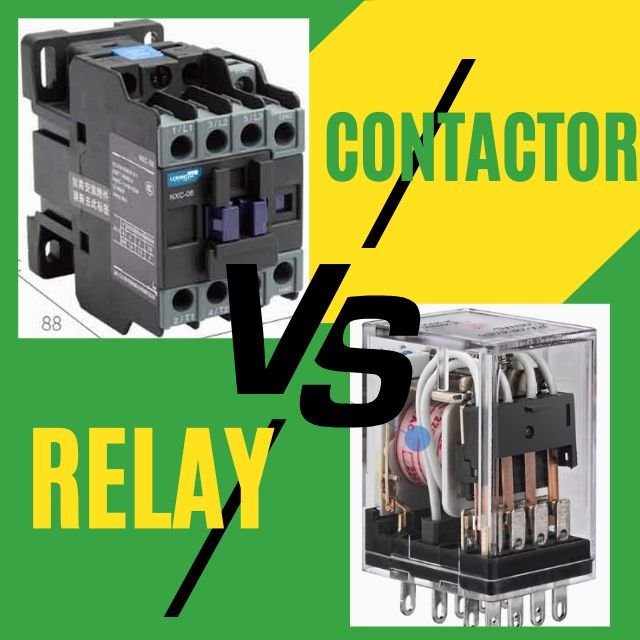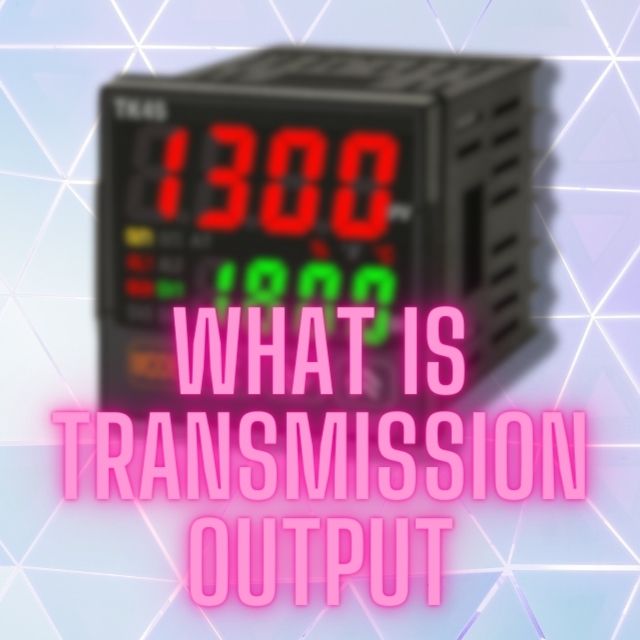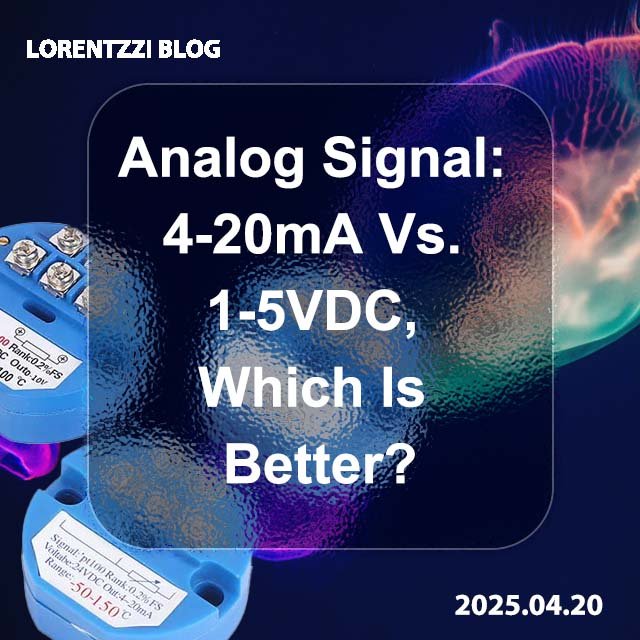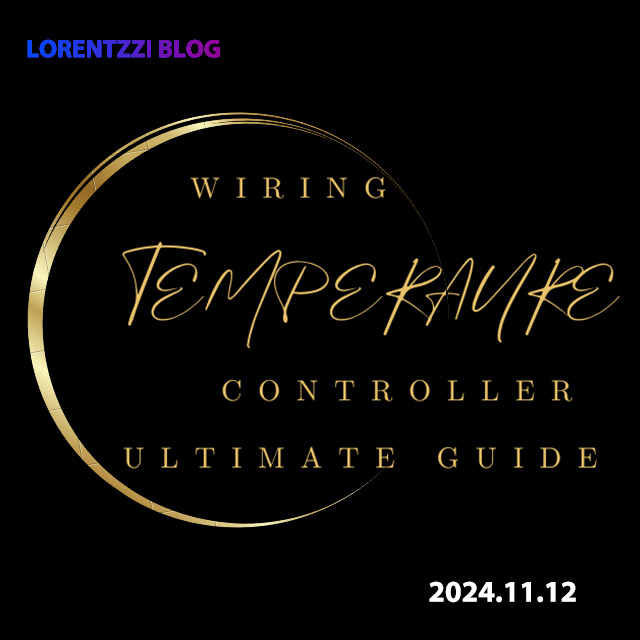Bugün kontaktörler ve kontaktörler arasındaki 9 farktan bahsedeceğiz. Röleler. Buradaki rölelerin elektromanyetik röleler veya genel amaçlı röleler aşina olduğumuz.
Kontaktörler ve röleler iki yaygın aktüatördür. Farklılıkları temel olarak görünüm, yapı, işlev, uygulama senaryoları, anahtarlama voltajı ve akımı, maliyet vb.
Daha sonra, sırasıyla farklılıklarını açıklayacağız.
Kontaktör ve röle arasındaki görünüm farkı

Görünüm açısından, kontaktörler genellikle rölelerden daha büyüktür ve buna bağlı olarak daha ağırdır.
Çalışma prensipleri aynıdır, yani bobine enerji verildiğinde bir manyetik alan oluşur, bu da kontakları kapatır veya açar, böylece yükün bağlantı ve bağlantı kesme kontrolünü gerçekleştirir.
Kontaktör esas olarak bir bobin, hareketli bir armatür, statik bir armatür ve kontaklardan oluşur. Kontakları genellikle büyük kontaklara sahip bakır alaşımından veya gümüş alaşımından yapılır ve bu malzeme mükemmel aşınma direncine ve iletkenliğe sahiptir.
Elektromanyetik röleler ayrıca bobinler ve kontaklar içerir ve kontakları da küçük kontaklara, iyi iletkenliğe ve düşük akım kesme özelliklerine sahip bakır alaşımından veya gümüş alaşımından yapılır.
Aşağıdaki içerikte, bileşenlerini ayrıntılı olarak açıklayacağız.
Yapı
Kontaktörlerin ve rölelerin yapısında da farklılıklar vardır. Kontaktörler genellikle bobinler, hareketli demir nüveler, statik demir nüveler, ana kontaklar, yardımcı kontaklar içerir, ark söndürme kapaklari, yaylar, vb.
Röleler nispeten basit bir yapıya sahiptir ve genellikle bobinler, demir çekirdekler, kontaklar vb. unsurlardan oluşur. Geçmesine izin verilen akım ve gerilim düşük olduğundan, elektromanyetik röleler genellikle ark söndürme kapakları ile donatılmamış.

Uygulamalar
Kontaktörler, yüksek akımlara ve gerilimlere dayanabildikleri için genellikle yüksek güçlü, ağır yüklü çalışma senaryolarında kullanılır.
Örneğin, endüstriyel üretimde kontaktörler genellikle büyük motorları tahrik etmek için kullanılır. Bu motorların kesintisiz üretim sağlamak için sabit akımlar ve gerilimler altında sürekli çalışması gerekir.
Kontaktörler akım akışını etkili bir şekilde kontrol edebilir ve bir termal aşırı yük rölesi ile birlikte kullanıldığında motoru aşırı yük ve kısa devrelerin neden olduğu hasarlardan koruyabilir.
Buna karşılık, elektromanyetik röleler düşük akımlı, yüksek frekanslı kontrol senaryoları için daha uygundur.
Genellikle düşük akımlı kontrol devrelerinde, özellikle otomatik ekipman ve ölçüm cihazlarının kontrol alanlarında kullanılırlar.
Anahtarlama gerilimi ve akımı

Elektrik devrelerinde kontaktörler, genel amaçlı rölelere kıyasla daha yüksek gerilim ve akımı kaldırabilen ve sıklıkla kullanılan bileşenlerdir.
Genel olarak, standart kontaktör maksimum 690 VAC gerilimi kaldırabilir ve maksimum akım değeri 300 ampere kadar çıkabilir.
Buna karşılık, genel amaçlı röle tipik olarak 10 amperden daha az maksimum akım kapasitesi ile 250 VAC'ye kadar derecelendirilmiştir.
Bu nedenle, kontaktörün gerilim ve akım için anahtarlama kapasitesi röleninkinden çok daha yüksektir.
Doğruluk ve istikrar
Hem kontaktörler hem de röleler, düşük voltajlı ve minimum akımlı yükleri kontrol etmek için kullanıldığında iyi bir kararlılık ve yüksek doğruluk sergiler.
Başka bir deyişle, iki ürün karşılaştırılabilir kullanım ömrüne sahiptir. Bir kontaktörün ömrü yaklaşık 1 milyon işlem iken, bir elektromanyetik rölenin ömrü yaklaşık 100.000 işlemdir.
Gürültü
Bu iki ürünü daha önce kullandıysanız, kontrol sinyali uygulandığında ve kontaklar kapatıldığında her iki ürünün de gürültü ürettiğini göreceksiniz.
Gürültü seviyelerinde küçük bir fark olsa da: kontaktör çalışırken röleden biraz daha yüksek ses çıkarır, ancak fark neredeyse ihmal edilebilir düzeydedir.
Kontrol yöntemi
Kontaktörün ve rölenin kontrol yöntemi bizimkiyle aynıdır katı hal rölesi, kontrol sinyalleri DC veya AC gerilim olabilir.
Her ikisinin de çalışma prensibi şudur: 12VDC veya 220VAC gibi harici kontrol sinyali kontrol terminaline uygulandığında, kontaktör veya röle yük açma veya kapama kontrolünü gerçekleştirmek için devreyi kapatabilir.
Güvenilirlik
Kontaktörlerin ve rölelerin güvenilirliği arasında temelde hiçbir fark yoktur.
Kontaktör ve rölelerin çalışma frekansı ve yük akımı yüksek olduğunda, zayıf temas, kontak yapışması ve elektromanyetik parazit gibi sorunlar (bu parazitten nasıl kaçınılır, bu makaleyi okuyun: EMI, Gerilim Yükselmesi ve Ark Nasıl Azaltılır ) meydana gelme olasılığı vardır, bu da ekipmanın kararlılığını ve güvenilirliğini etkileyecektir.
Maliyet
Kontaktörler rölelerden daha yüksek yük kapasitesine sahiptir. Ancak bu aynı zamanda kontaktörlerin tipik olarak daha karmaşık malzemelere ve üretim süreçlerine sahip olduğu anlamına gelir ve bu da daha yüksek maliyetlerine katkıda bulunur.
Buna karşın, elektromanyetik röleler nispeten düşük maliyetlidir. Bu, daha verimli üretime veya daha düşük malzeme gereksinimlerine izin verebilecek minyatürleştirilmelerine ve istikrarlı elektrik performanslarına bağlanabilir.
Sonuç
Özetle, kontaktör bir tür röledir, röle ile aynı özelliklere sahiptir, ancak kontaktör ve röle arasında hala 10 temel fark vardır, ancak temel fark, kontaktörün daha güçlü yük kapasitesi ile daha yüksek voltaj ve daha büyük akıma dayanabilmesidir, ancak fiyat da daha yüksektir.
Her türlü röle üretiminde lider güçlerden biri olarak, özellikle katı hal röleleri, Lorentzzi® sadece yüksek kaliteli ürünler sağlamakla kalmaz, aynı zamanda müşterilerimiz için çözümler de sunar. Bir proje inşa ediyorsanız ve profesyonel tavsiye almak istiyorsanız, lütfen bizimle iletişime geçin veya sorularınızı şu adrese gönderin shonxu@lorentzzi.com, ekibimiz 24 saat içinde yanıt verecektir.








